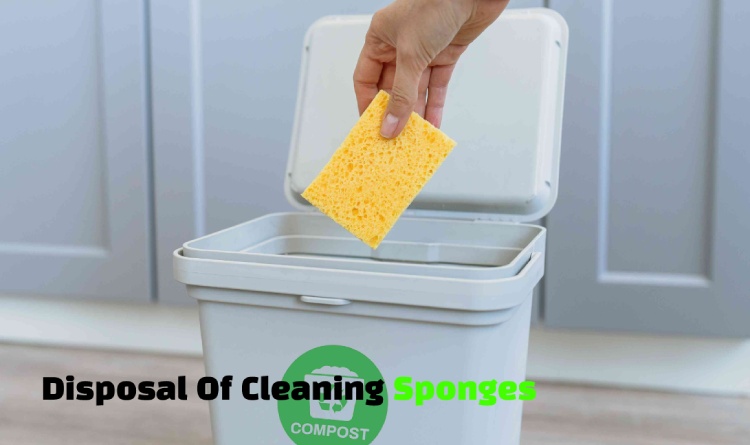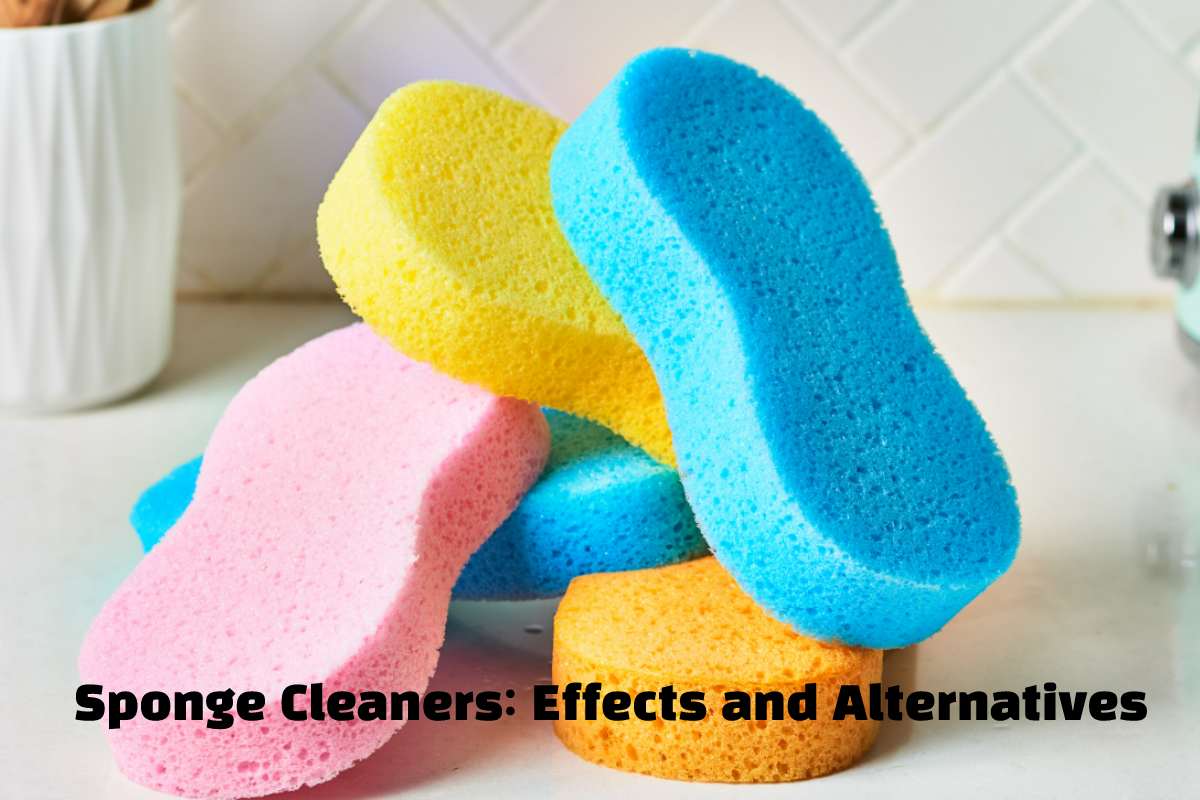Common cleaning sponges, specifically polyurethane ones, are considered essential when cleaning. However, these cleaning sponges are not recyclable and carry many bacteria on their surface, harming the health of people and animals after consumption. In this way, in addition to being one of the dirtiest cleaning products in your home, sponges are pollutants with a significant impact on the environment.
Table of Contents
Problems Related To The Use Of Cleaning Sponges
Cleaning sponges will make from a combination of different plastics. The primary material used in its composition is polyurethane, commonly used in producing foam for mattresses, pillows, and other upholstery. During the production of the cleaning sponge, the polyurethane undergoes a chemical reaction that releases carbon dioxide, causing the product to will to fill with empty spaces – the sponge holes.
Release of microplastics and pollution
One of the main characteristics of polyurethane is its rigidity, which means that, after it will molde, it cannot go back to its original state, even if it is heated. This factor makes recycling cleaning sponges complicated.
Therefore, cleaning sponges often end up in the standard trash. As they are not biodegradable, these sponges will end up in dumps and sanitary landfills. In these places, they can end up in oceans and rivers due to rain and strong wind.
Another critical factor is that, when decomposing, cleaning sponges release microplastics. These substances are extremely polluting in nature and can even enter the food chain and participate in the human diet. Extracting microplastics from the environment makes preserving the planet even more challenging.
Disposal Of Cleaning Sponges

Recycling this material is not impossible; it is just complicated. Cleaning sponges can reuse when creating floors and running tracks. However, as these products will discard when they are contaminated, it is almost impossible to find places that accept cleaning sponges to recycle.
After all, decontamination is necessary for the material to recycle, which makes the process longer, laborious and expensive. Not to mention that contact with polyurethane will also linked to health problems, such as respiratory conditions and eye inflammation.
If you intend to dispose of your cleaning sponges, the best option is to find a suitable disposal point that accepts this material. Be sure to call or contact the collection point before disposing to ensure it takes cleaning sponges.
However, know that the best way to avoid the impacts of polyurethane sponges is not to buy them.
Accumulation Of Bacteria
The truth is, your cleaning sponge is the dirtiest object in your kitchen. A study by Duke University showed that the sponge has the perfect composition for the proliferation of bacterial life. That’s because its structure resembles the different levels of separation found in healthy soils, ideal environments for microbes.
In their research, the scholars concluded that the cleaning sponge is a better incubator than other equipment used for the proliferation of bacteria in scientific tests. For those involved in the studies, this is a great way to explain why cleaning sponges are so dirty.
Another research published in Scientific Reports showed that scientists found 45 billion bacteria per square centimeter on cleaning sponges collected from donors. According to those involved, there were more than 362 different species of bacteria in a single cleaning sponge.
Despite the many microbes found on cleaning sponges, panic is not necessary. Not all bacteria found in cleaning sponges are harmful to health. Those that harm the human body can eliminate with a basic cleaning or changing the sponge at least once a week.
Tips For Keeping Your Sponge Clean
Clean it: according to experts, the best option is to wash the sponges using the microwave. Just dip the cleaning sponge in the water, then squeeze it dry. After that, please home it in the microwave oven for approximately one minute at a medium temperature. The technique will not extinguish all bacteria but kill pathogenic ones.
Change it: don’t get attach to your sponge, let alone let it get moldy in your sink. One of the best habits to prevent bacteria from accumulating on cleaning sponges is to change them at least twice a week. If you live with someone whose resistant system is affect a condition, you may want to change them daily.

